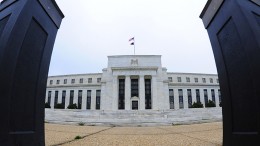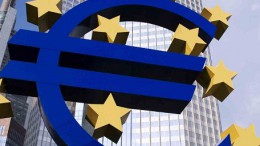The Eurozone Has Added 6.6 Million Jobs Since The Recovery Started In 2013
During the first half of 2017, the employment level in the Eurozone came back at its pre-crisis peak level. This was already the case for the first quarter but it has been confirmed for the three months to June, which reflects a catch up when growth is more robust and with less uncertainty”, says Philippe Waetcher, chief economist at Natixis AM.










